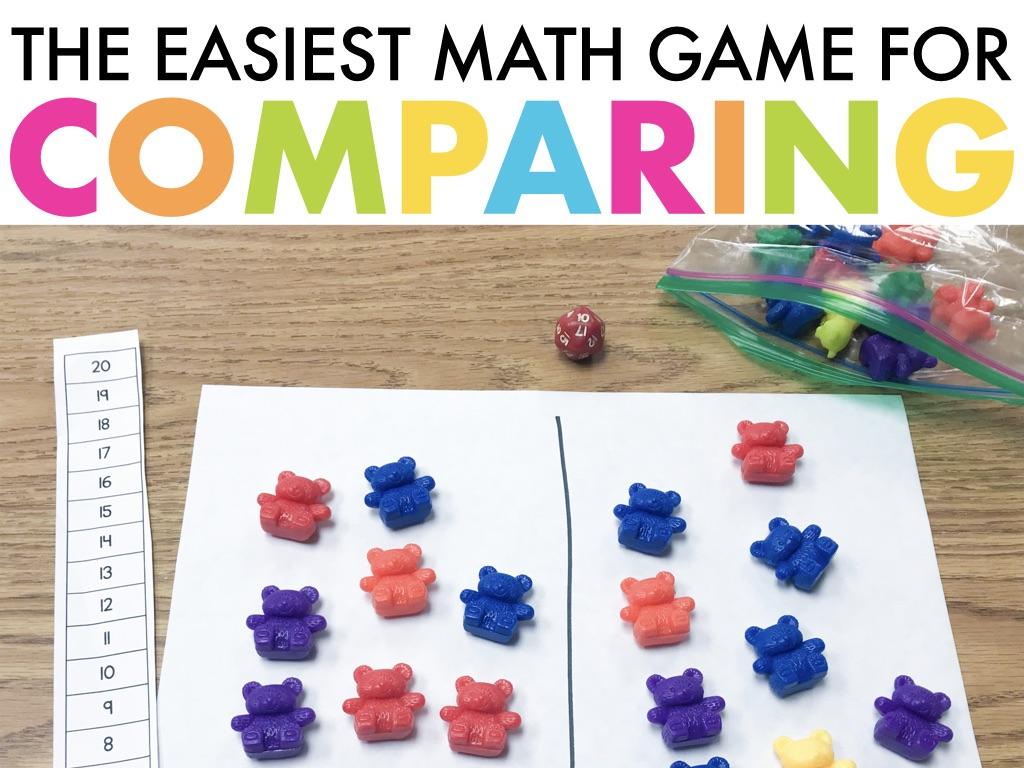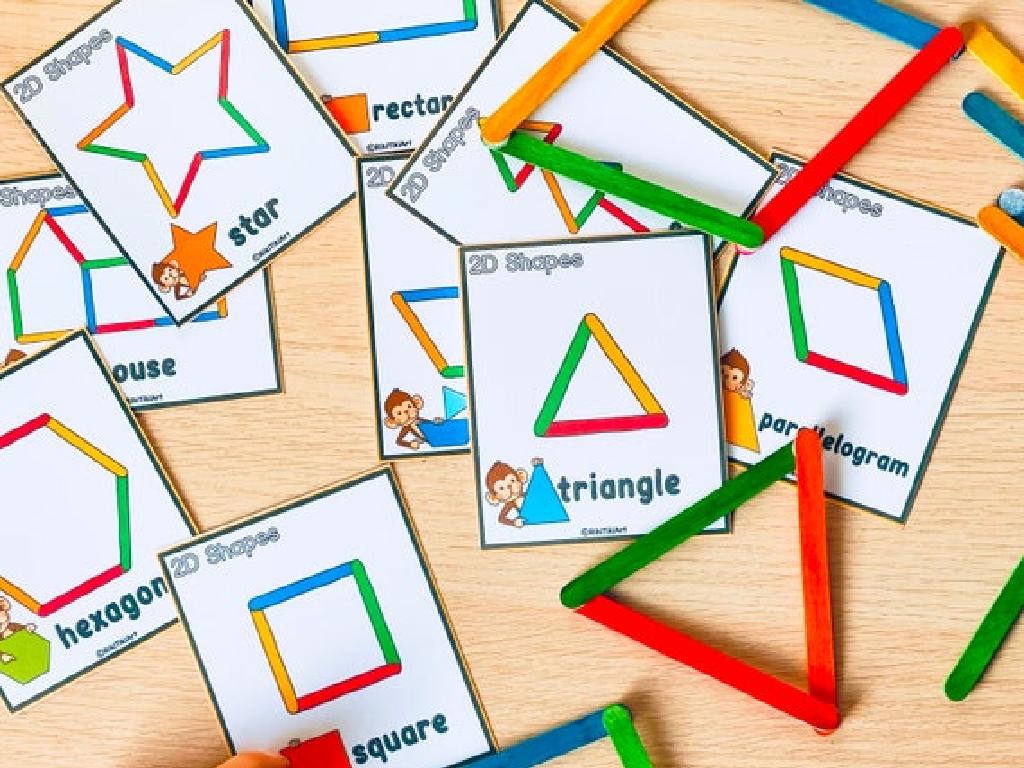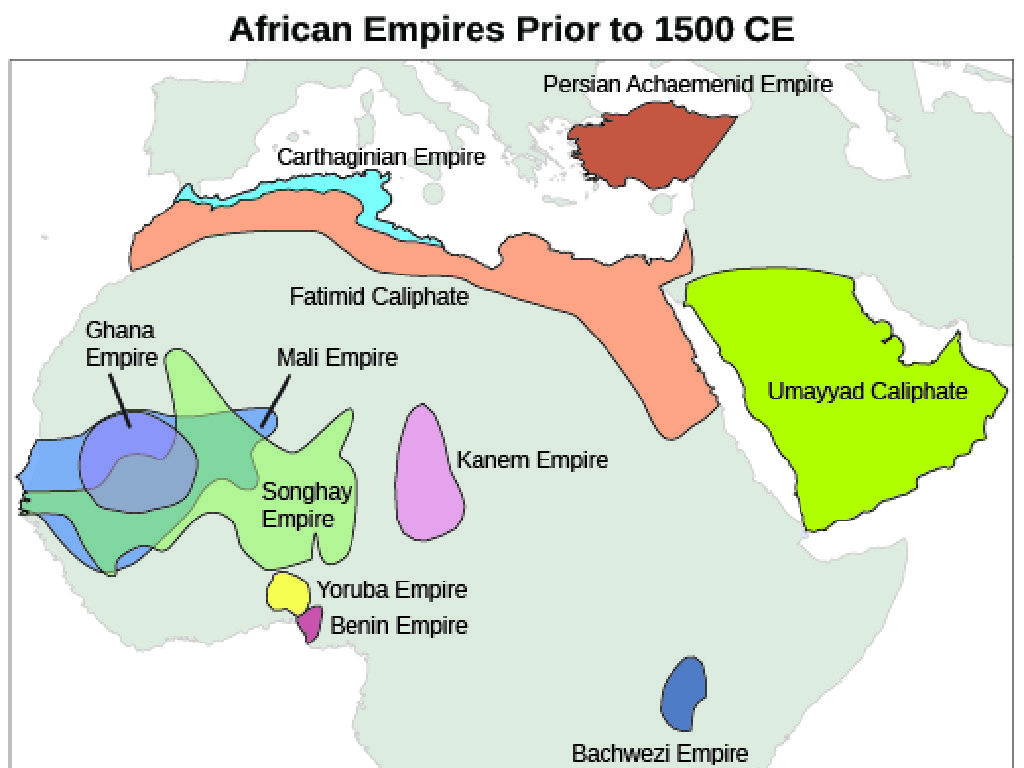Which Tally Chart Is Correct?
Subject: Math
Grade: Second grade
Topic: Data And Graphs
Summary: This engaging second-grade math lesson introduces tally charts and guides students in identifying correct tally chart representations. Through interactive activities, students learn to read, create, and interpret tally marks, enhancing their data and graphing skills. Group exercises encourage counting classroom items, comparing charts, and explaining choices, fostering critical thinking and collaboration. By the end, students confidently organize and analyze data using tally charts, building a strong foundation in early math concepts.
Please LOG IN to download the presentation. Access is available to registered users only.
View More Content
Understanding Tally Charts
– What is a tally chart?
– A tally chart helps us count things easily.
– Reading tally charts
– Each tally represents one count. Groups of 5 are shown with 4 tallies and a diagonal line.
– Creating your own tally chart
– We’ll learn to make our own tally charts step by step.
– Practice with examples
– We’ll look at examples together in class!
|
This slide introduces second-grade students to the concept of tally charts as part of learning about data and graphs. Begin by explaining that a tally chart is a simple way to keep track of numbers by making marks on paper. Show them how each tally mark represents one item or count, and how every fifth item is represented by a diagonal line across four vertical tallies to make counting easier. After explaining, engage the students in creating their own tally charts with items they can count in the classroom or from a story. Conclude with practice examples where students can apply what they’ve learned by reading and interpreting tally charts. Encourage participation and assist students who may have difficulty grasping the concept.
Understanding Tally Charts
– What is a tally chart?
– A tool to record and count items or events
– Each mark represents one count
– Grouping marks for easy counting
– The fifth mark crosses the previous four
– Practice with real examples
– Let’s count objects in the classroom together!
|
This slide introduces students to the concept of tally charts, an essential tool for collecting and recording data in a visual and organized manner. Begin by explaining that a tally chart is used to keep track of numbers and that each tally mark represents one count. Emphasize the importance of the fifth tally mark, which crosses the previous four, making it easier to count by fives. Engage the students by practicing with real-life examples, such as counting books, pencils, or even how many times someone says a particular word. This hands-on activity will help solidify their understanding of tally charts and how to use them effectively.
Reading Tally Charts
– What is a tally chart?
– Counting tally marks
– Each mark represents one item
– Groups of five in tallies
– A bundle of 5 marks shows a group of items
– Practice with examples
– Let’s count tally marks in class examples
|
This slide introduces students to the concept of tally charts, which are used to record and count frequencies in a visual format. Begin by explaining that a tally chart is a simple way to keep track of numbers. Show them how each mark on the chart represents one item and how every fifth mark is drawn across the previous four to make counting easier. Explain that this grouping helps in counting by fives, making it quicker to count large numbers. Use classroom examples to practice reading tally charts, asking students to count the marks and say the number out loud. Encourage them to draw their own tally marks for different numbers to reinforce the concept of grouping by fives.
Creating Our Tally Chart
– Let’s make a tally chart together
– Choose classroom items to count
– Maybe books, pencils, or windows?
– Learn to draw tally marks
– Remember, every 5th mark crosses over the first four
– Practice makes perfect
– We’ll do a few examples as a class
|
This slide is designed to engage second-grade students in creating and understanding tally charts as part of learning about data and graphs. Start by explaining what a tally chart is and its purpose. Then, involve the students in choosing items around the classroom that they can count, such as books, pencils, or windows. Demonstrate how to draw tally marks correctly, emphasizing the pattern of four vertical lines with a diagonal line across them for every fifth count. Practice together with the class by counting several items and recording the numbers on a tally chart. Encourage the students to participate and ask questions to ensure they grasp the concept. The activity will help them understand how to organize data visually and prepare them for interpreting tally charts.
Which Tally Chart is Correct?
– Examine two tally charts
– Decide the correct chart
– Explain your reasoning
– Use lessons on counting and organizing data
– Discuss with a classmate
– Share ideas and understand different perspectives
|
This slide is designed to engage second-grade students in a practical activity that reinforces their understanding of tally charts and data representation. Students will look at two different tally charts and use their critical thinking skills to determine which one accurately represents the given data. They should apply what they’ve learned about counting and organizing data to justify their choice. Encourage students to discuss their thoughts with a partner to foster collaborative learning and communication skills. After the discussion, the class will come together to share their findings and reasoning, allowing for a collective learning experience. The teacher should facilitate the discussion, ensuring that each student feels comfortable sharing and that the key concepts of tally charts are reinforced.
Class Activity: Tally Chart Challenge
– Count classroom items in groups
– Create your group’s tally chart
– Use tally marks for counting items
– Present your tally chart to class
– Vote on the most accurate chart
– Discuss why you think one chart is best
|
This activity is designed to help students understand how to collect and represent data using tally charts. Divide the class into small groups and assign each group a set of items to count within the classroom. Provide guidance on how to use tally marks (grouping by fives can make counting easier). After creating their tally charts, each group will present their findings to the class. Encourage the students to explain their counting process. Finally, hold a class vote to decide which tally chart they believe is the most accurate and discuss the reasons behind their choices. This will foster critical thinking and attention to detail. Possible variations for different groups could include counting books, pencils, chairs, or different colored objects.





